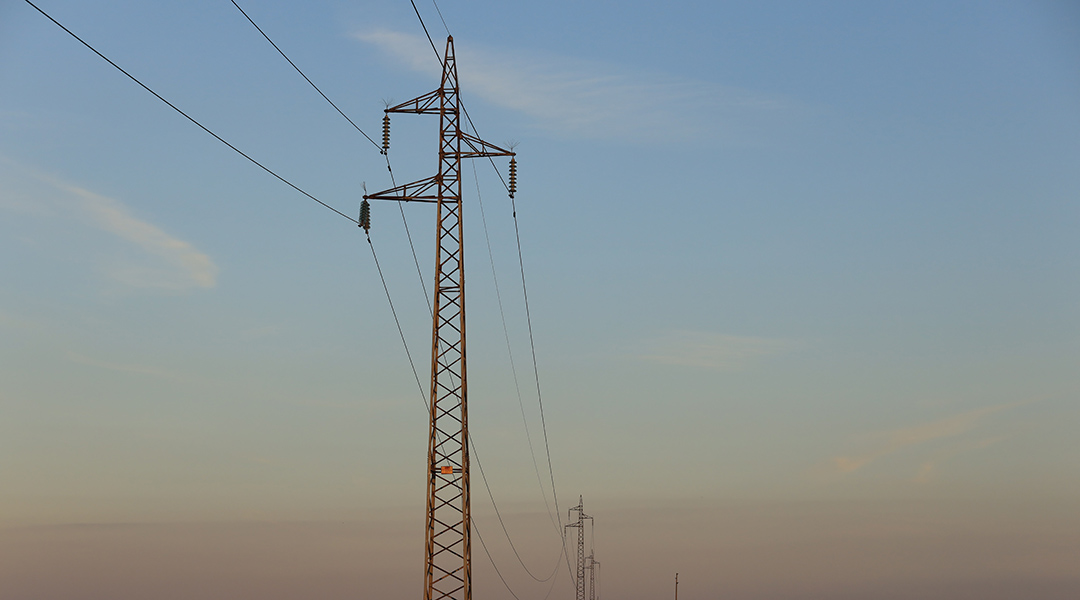Image credit: Mladen Borisov on Unsplash
The most efficient way to transport electricity over long distances is to use high-voltage direct current (HVDC) cables. To further improve the power transmission efficiency of HVDC cables insulation materials with a very low electrical conductivity are needed, something that Christian Müller and his research group at Chalmers University of Technology have now come one step closer.
There are many benefits to HVDC cables. In a direct current cable, the electricity can go in both directions, a perfect way to connect electricity networks that are otherwise separated. The cables can also be buried and even laid on the seabed, which makes it possible to expand the network and connect different parts of the world.
But even if today’s HVDC cables are good, they can be even better. To get as small electricity losses as possible in the cables, you want to increase the transmission voltage. But that sets high standards on the insulation material around the conducting core. Today’s most advanced electrical cables use extruded insulation based on polyethylene, a plastic that is also found in ordinary shopping bags.
The problem with this material is that it is heat sensitive. At the high working temperatures of HVDC cables, 70 to 90 ºC, the material becomes soft. This can be solved by creating covalent crosslinks between the polymer chains, but then a new problem arises. During production, harmful by-products are formed, which also impair the electrical properties of the material.
Christian Müller and his research group have found a new way to create an insulation material with excellent electrical properties. By adding very small amounts of the conjugated polymer poly(3-hexylthiophene) (P3HT) to polyethylene the electrical conductivity of the insulation material can be drastically reduced.
When only 5 ppm of P3HT was added, the direct current conductivity in the material was three times lower compared to polyethylene without the additive — which, considering the low amount of the additive that is needed, is the best result for any conductivity-reducing additive so far. Other types of conductivity-reducing additives include metal oxide nanoparticles and other polyolefins but those must be added in much larger amounts.
Conjugated polymers, such as P3HT, have previously been used to design, for example, flexible and printed electronics. This is the first time that a conjugated polymer (one of the workhorse materials for flexible and printed electronics) is used as a mere additive for another polymer to change its properties and the researchers believe the discovery will open a host of new applications.
Reference: Amir Masoud Pourrahimi, et al., Repurposing Poly(3-hexylthiophene) as a Conductivity-Reducing Additive for Polyethylene-Based High-Voltage Insulation, Advanced Materials (2021). DOI: 10.1002/adma.202100714
Press release provided by the Swedish Foundation for Strategic Research

















